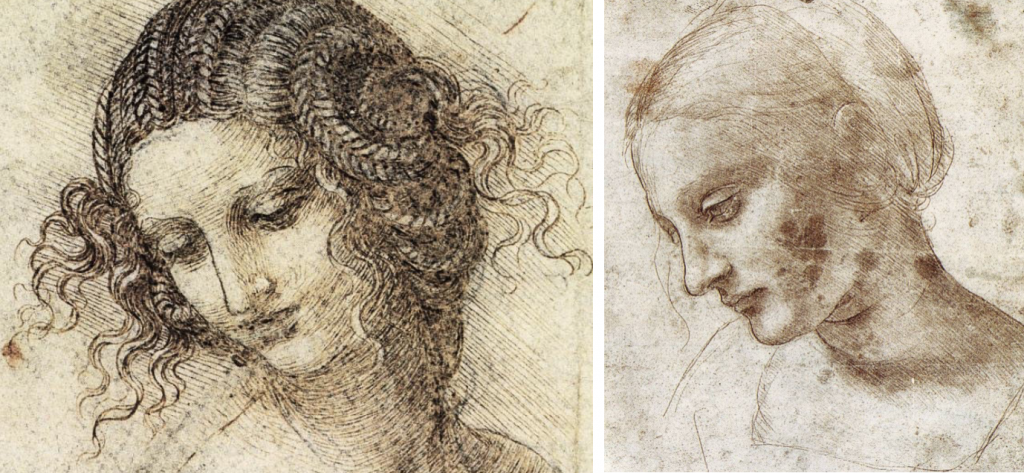da Vinci and the Renaissance 2019 (Italy) Dashboard
Description
 Led by Prof. Dino Franco Felluga ([email protected]), da Vinci and the Renaissance is a fully cross-disciplinary study-abroad program that explores the transition from the medieval period to the Renaissance across multiple subjects (art, architecture, engineering, science), thus laying out how much of what we take for granted today about technology or about the human subject were implemented in this rich period, especially in Italy. The focus for the course will be that most famous “Renaissance man,” Leonardo da Vinci. The course’s interdisciplinary approach asks students to think about the constructed nature of the things we take for granted as “natural” (e.g., time, space, human subjectivity, meaning, sight, knowledge, and law), thus opening our eyes to the significance of cultural differences.
Led by Prof. Dino Franco Felluga ([email protected]), da Vinci and the Renaissance is a fully cross-disciplinary study-abroad program that explores the transition from the medieval period to the Renaissance across multiple subjects (art, architecture, engineering, science), thus laying out how much of what we take for granted today about technology or about the human subject were implemented in this rich period, especially in Italy. The focus for the course will be that most famous “Renaissance man,” Leonardo da Vinci. The course’s interdisciplinary approach asks students to think about the constructed nature of the things we take for granted as “natural” (e.g., time, space, human subjectivity, meaning, sight, knowledge, and law), thus opening our eyes to the significance of cultural differences.
We finish in the last days of the course by flash-forwarding to our present century so we can consider not only how Renaissance thinking made possible a number of present-day developments (robotics and computing, for example), but also the myriad ways that we are now seeing a cultural, ontological, and epistemological shift that is as far-reaching as the one between the medieval period and the Renaissance. The Peggy Guggenheim Museum and the Venice Biennale will provide us with our artistic examples of so-called “postmodernism.”
Galleries, Timelines, and Maps
This gallery of images will support the Purdue Honors College study-abroad program, da Vinci and the Renaissance, in Paderno del Grappa, Florence and Venice Italy (May 2019).
This map will support the study-abroad program, da Vinci and the Renaissance, which will occur May 2019 in Paderno del Grappa, Florence and Venice.
This timeline will support a 6-credit study-abroad program for Purdue's Honors College occurring in Paderno del Grappa, Florence and Venice over May 2019. It will be created by the 21 students joining Dino Franco Felluga in Italy for the course.
Individual Entries
Taranto is a city located in southern Italy with a population of about 200,000. It was founded in 708 BC (as a part of Greece) and was named after Taras, a mythical hero. This is the city where Archytas, the creater of the flying, mechanical pigeon, was born. During Archytas' life, Taranto was called Tarentum, Magna Graecia. Taranto is referred to as "the city of the two seas" because it is located next to two bays: Mar Grande and Mar Piccolo. These bays are important in the history of Taranto because they allowed the city to become an important military and commercial port.
Sources:
Taranto, Province of Taranto, Puglia, Italy. (n.d.). Retrieved from https://www.enchantingitaly.com/regions/puglia/taranto/taranto.htm.
Valavanis, K. P. (2007). Advances in unmanned aerial vehicles: state of the art and the road to autonomy....
moreThe Institut de France is located in Paris and has been recognized as a historical monument in Paris since 1862. This building was orginally built in the 17th century as the College des Quatre-Nation. Then in 1795, the Institut de France was created as an organization to help protect the French language. The Institut de France combines 5 academies such as the Academie Francaise and the Academie des inscriptions et belles-lettres. Leonardo da Vinci's aerial screw drawing in Manuscript B, Folio 83V is being preserved in Institut de France. However, it is difficult to visit this institution because it is rarely open to the public. In general, visitors are only welcome on the second Sunday of each month and group sizes are limited to just 30 people.
Sources:
Aerial Screw. (n.d.). Retrieved from http://www.leonardo3.net/en/l3-works/machines/1466-aerial-screw.html.
Institut de France...
more